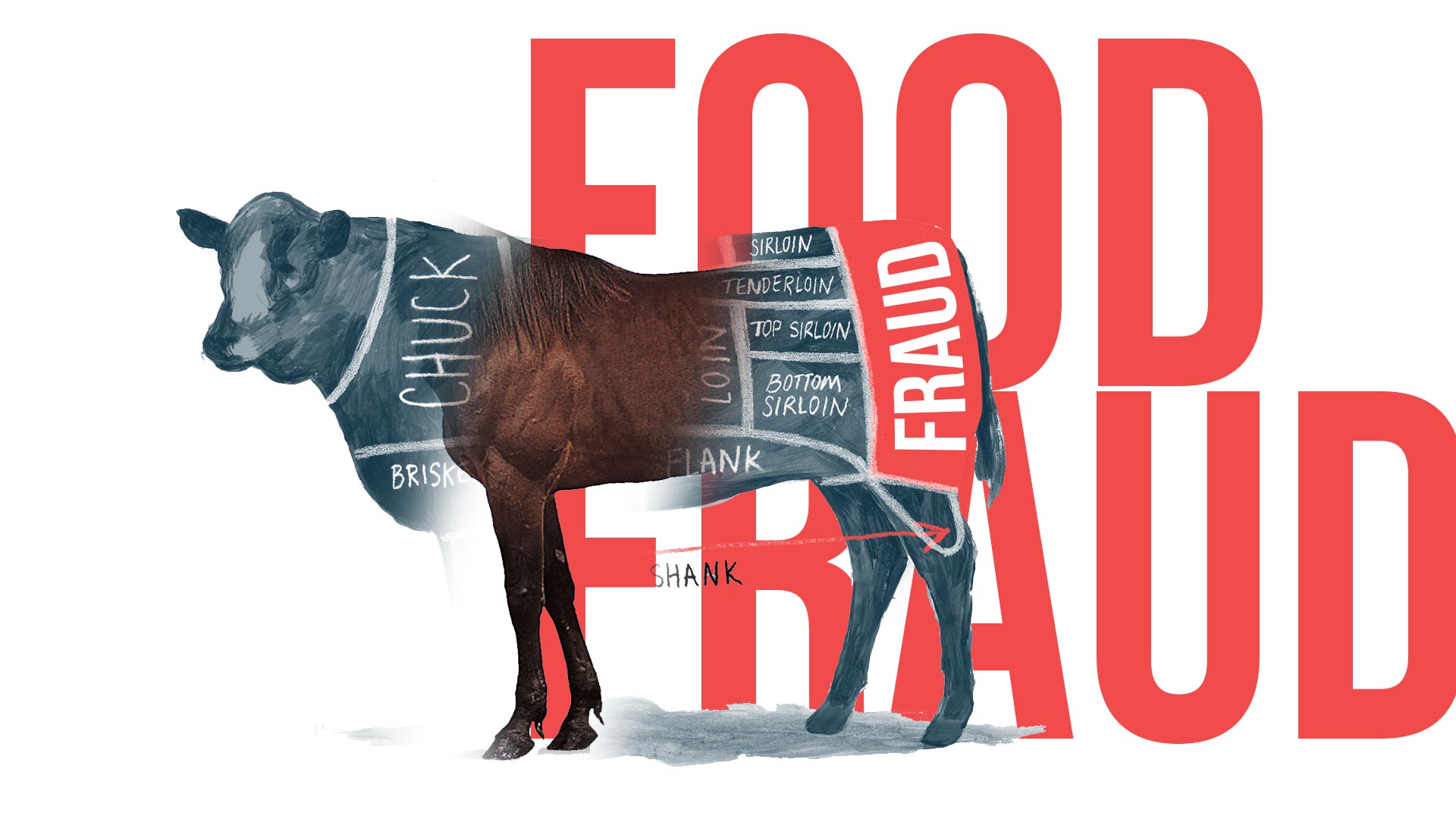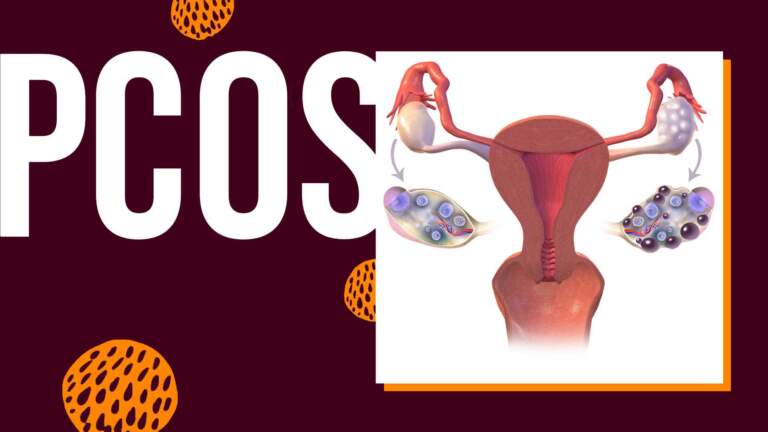Food fraud become a growing issue impacting goods and businesses in the supply chain, and it has been founded that it costs the industry more than £11 billion in the UK alone, and as much as $ 40 billion in the US.
What is Food Fraud?
Food fraud also known as economically motivated adulteration (EMA). Food Fraud any actions taken by businesses or individuals that threaten other businesses and/or individuals in terms of misrepresenting food, food ingredients or food packaging that leads in financial benefit.
The effects of food fraud can range from harming the reputation of the company, to harm the sales of food retailers and processing facilities, to health complications of the customer because of its effect on food safety.
History of Food Fraud
Fraud occurs due to several causes; from greed to raise profits or the product itself cheap and easily replicate, to unmet customer demands, and difficulties in detecting and demonstrating the proof of a product, which in some cases can make it easier to perform.
For centuries, fraud has been happening; selling of food is not quite what it should be. And it’s an important issue. A well-known concern for many years, but the large-scale well-publicized ‘horsemeat scandal’ of 2013. In which beef products adulterated with horsemeat, led the international food industry to act collectively to resolve the issue.
The horse meat scandal was the core of the EU’s tougher food fraud regulations. The Food Fraud Network developed in response to that incident with the goal of strengthening controls, coordination and knowledge sharing between Member States.
Hence, food adulteration cases happening everywhere not only in EU.
Example of Food adulteration:
Honey: Honey adulteration started in the 70s, when first time high-fructose corn syrup appear on the market and proved to be a cheaper alternative. Honey diluted with sugar syrup, corn syrup, glucose or fructose. It also, misrepresented as organic or with a false country of origin.
Extra virgin olive oil: Olive oil adulterated when often it’s mixed with cheaper seed oils such as rapeseed oil or sunflower oil, or with non-extra virgin olive oil.
Fish: A study by the non-profit ocean conservation group Oceana last year showed how “seafood swaps” are a worldwide phenomenon. Asian catfish, which mislabeled and sold as eighteen distinct and more costly fish varieties, is a common example. The origin of fish can be falsified or misrepresented as a species other than what it actually is.
Milk: There have been instances of the addition of water, diluting the milk while increasing the liquid quantity.
Coffee: Misleading statements are most commonly made regarding the origin and the status of fair-trade, sustainable and organic goods.
Tea: It is possible to incorporate tea leaves that have already been used and other things such as dyed sawdust or starch.
Safran (and other spices): There are instances of saffron with sandalwood dust, turmeric, starch, and even colored grass adulterated. Even, many other spices are at risk, such as pepper.
Fruit Juice: Orange juice one of the food products that most frequently fraudulently used. Sometimes, other juices are added, diluting the formula, such as lemon, mandarin and grapefruit.
Types of Food fraud:
Another common category of food fraud simple counterfeiting, Food products replaced with identical, cheaper and lower-quality ingredients with a particular origin and/or processing system.
- Allergens contaminated food: If someone with a serious allergy to specific food and unknowingly ate a product contains a trace amount of food that causing an allergy to that person, it might threaten his/her life.
- False claims are made that a food product, although it cannot really be labeled as such, is organic.
- When goods sold as halal and kosher are in reality fake, religious needs can be violated.
- Dietary criteria violated, such as if anything infected consumed by a vegetarian or vegan
Preventing food fraud:
One of the important tools used in industry to prevent food fraud using a special type of risk assessment. Also, known as a vulnerability assessment, which is part of food safety standards. Other instruments include changes in product and ingredient traceability, tightening of purchase requirements and improved food, ingredient and supplier testing and inspection.
Conclusion:
Finally, no food business is immune to economically motivated food fraud. However, they must have a plan to follow in order to prevent adulteration, like dealing only with the approved suppliers and with a certificate.
Sources:
- Food Fraud Advisors
- Food Safety Net Service News
- Hub: High-Speed Training
- Food Safety Expert
- Safe Food 360



